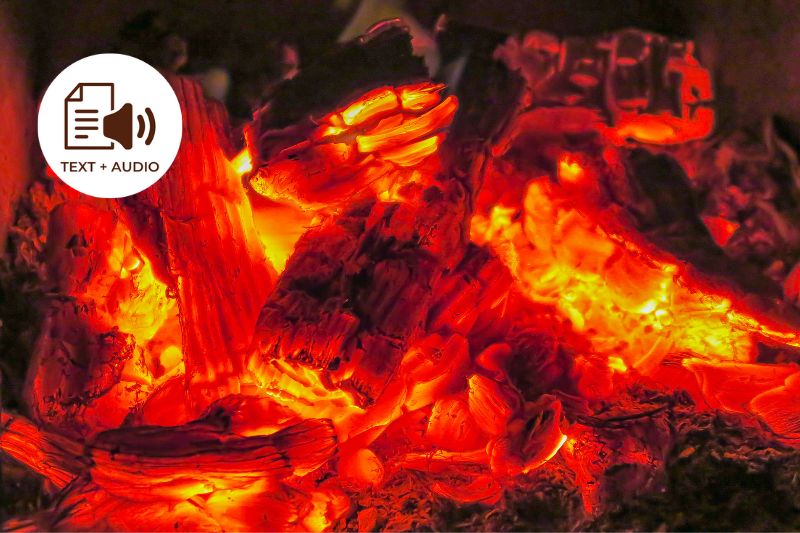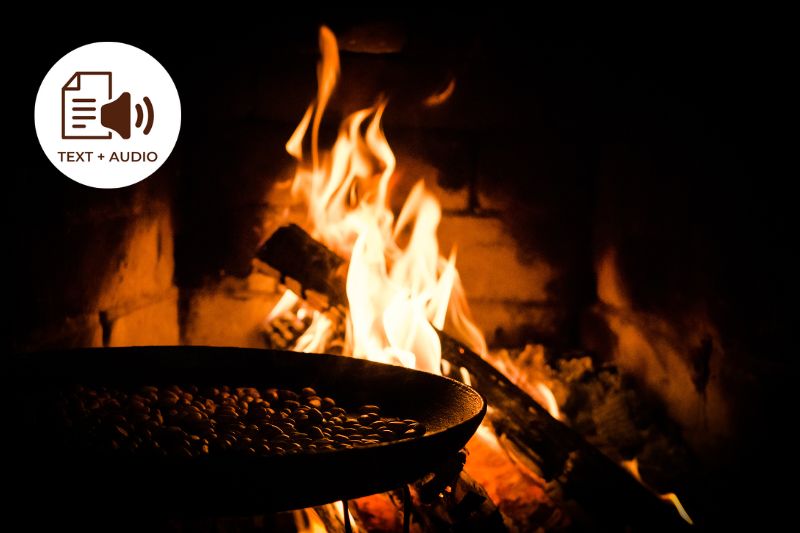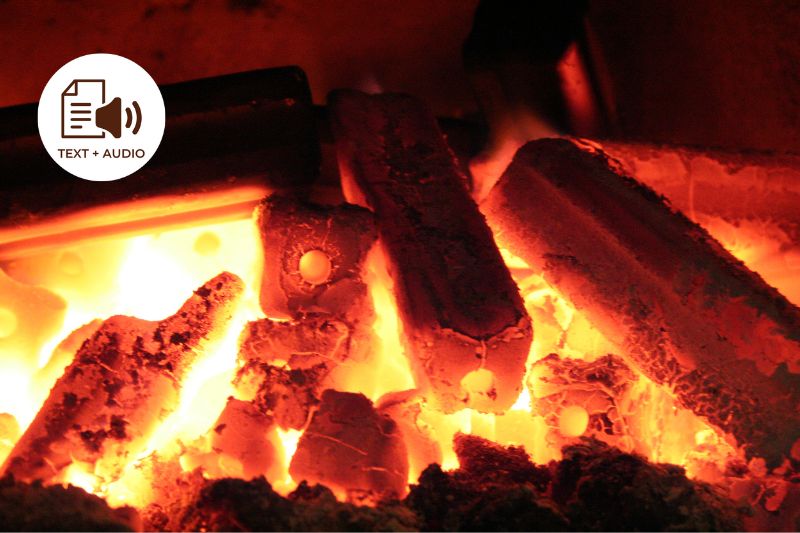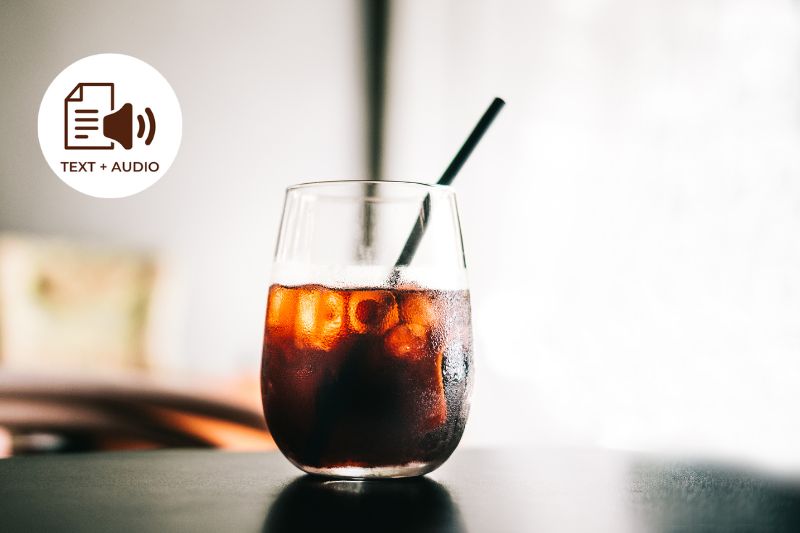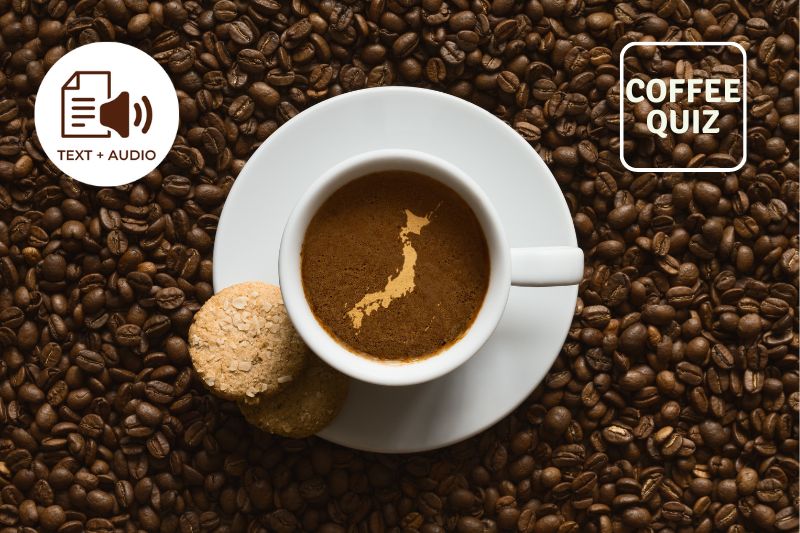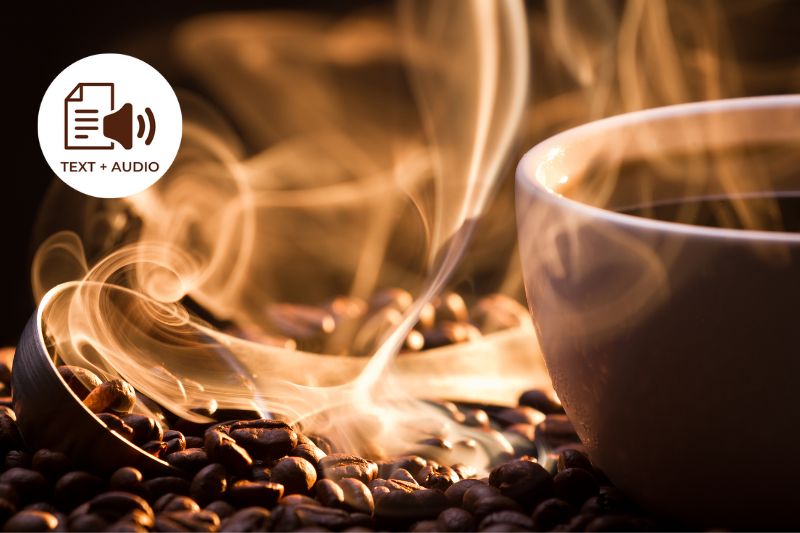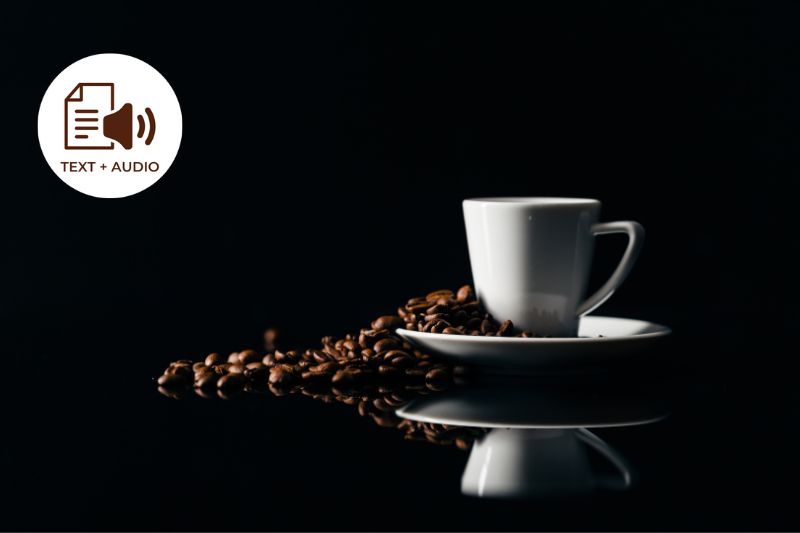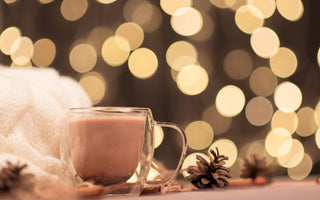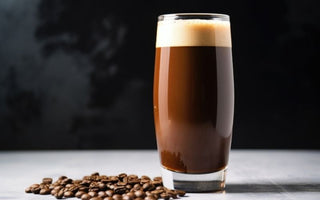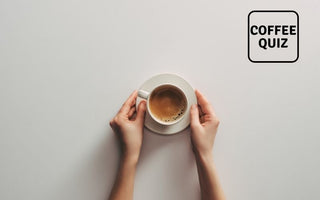An important matter to consider in roasting coffee beans is not just the roaster's expertise but also the type of charcoal used.
Binchotan means charcoal in Japanese. However, this Binchotan, or sometimes referred to as bincho zumi, is a particular type of charcoal that is a long-burning, clean, and natural alternative to charcoal briquettes.
While pretty much more expensive compared to your ordinary charcoals in the market, this flameless charcoal produces intensive heat, burns cleanly, giving off no odor, and cooks at a lower temperature than other types of charcoal, making the outside of material crispy without drying it out. This log-shaped charcoal is made from various oak that combines the best aspects of lump charcoal and briquettes. The smoke it produces gives a distinct enticing flavor. The heat of Binchotan is so intense that it could actually create a hole in a pan like an infrared ray hitting the center. The primary charcoal material is Ubamegashi, which is a wood that is hard enough to scratch glass. When charcoals strike each other, they create a metallic sound. This charcoal is covered with a metallic sheen, which hides its wood origin. These charcoals were shipped to Edo during the Edo period and the Genroku era (1680 to 1709). They were prized as high-quality fuel for urban life, and they became so popular during the said period.

Binchotan and Its Qualities
Bincho charcoal is said to be one of the highest qualities of charcoal for cooking and roasting. The name of Binchotan came from the fact that Kinokuniya Tanabe merchant Binchuya Chozaemon made charcoal from ubame or horse oak tree that burned hotter than any other usual oaks and started selling it.
This charcoal is dried and stacked into brick ovens and taken to four different temperatures, two hundred degrees, four hundred degrees, five hundred fifty degrees, and nine hundred degrees Celsius, for 8 weeks. For the last stage, they rapidly add air so that the heat reaches one thousand two hundred degrees Celsius, which carbonizes it and permanently changes the charcoal's internal structure.

Different Types of Binchotan
There are also wide varieties and different types of Binchotan. For example, the kishu binchu, a charcoal that is white in color when manufactured and said to be introduced by Kobo Daishi Kukai from China to Kishu and Akizugawa, Tanabe City, Wakayama Prefecture. This is the artisanal type of Japanese charcoal popularly used for high-end grilling and culinary uses. The charcoals are long sticks of woods that obviously burn longer and, therefore, perfect for restaurant grill setups. This white charcoal is highly advertised as it tells the grilled meat's quality, the material of the griller, and the restaurant. It can quickly conduct such a heat, hold the heat so well, and be consistent in a minimal space, particularly with the ceramic grill.
There is also the aramaru, which burns for three to four hours, compared to the four to five for white binchotan, and generates temperatures between 1,652 and 1,832 degrees.

Binchotan and coffee roasting
This is perfect for coffee roasting. It creates an overwhelmingly stronger fire than gas burners. It does not generate steam, so the coffee beans are essentially baked. The carbon quality is hard, and it is difficult to ignite. Coffee roaster experts have to control the firepower's temperature at about 500 degrees. They can be raised to 1000 degrees by fanning them with a fan. While this charcoal is a little bit expensive, it has two to three times longer burning time than other charcoals.
While charcoal roasting is one of the roasting methods that requires experience, it is difficult to maintain constant thermal power. Since using Bincho charcoal has a high calorific value, burning time, and infrared ray amount, it is possible to perform relatively stable roasting.

Compared to your standard Charcoals
Unlike the standard American charcoals, lighting up binchotan may not be easy. It needs around twenty to twenty-five minutes or so to lit it up by putting it in a chimney, oven, or open flame. But once lit up, creates a powerful heat that gives you a steady flame. This also does not have any additives compared to American charcoals, making it very safe to use you're your food.

While American charcoal could tend to dry up the meat due to uncontrollable flame production, binchotan tends to preserve the flavorful aroma, gives you a beautiful sear. Binchotan is also more potent in bad odor absorption compared to ordinary American charcoals. Another comparison makes binchotan stands out from the other kinds of charcoals. It could purify due to its organic components, which bind and remove chemicals from water. In fact, binchotan is also being used to make toothbrush , water filter and even towels in Japan.
This post was first published in 2021 but it was updated in 2023 just for you.
Get Free Bonus Book


